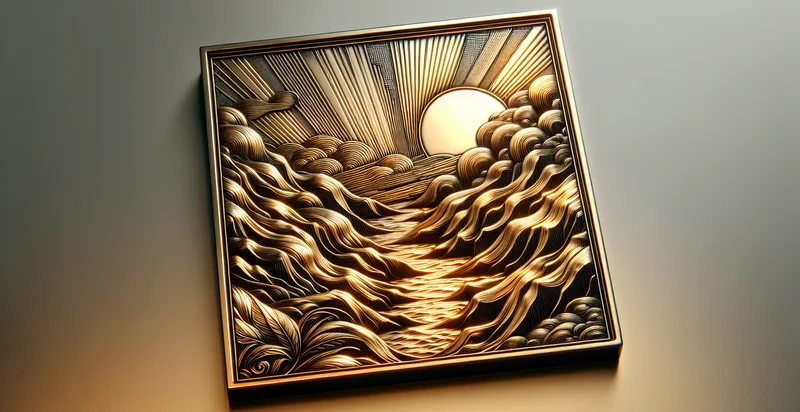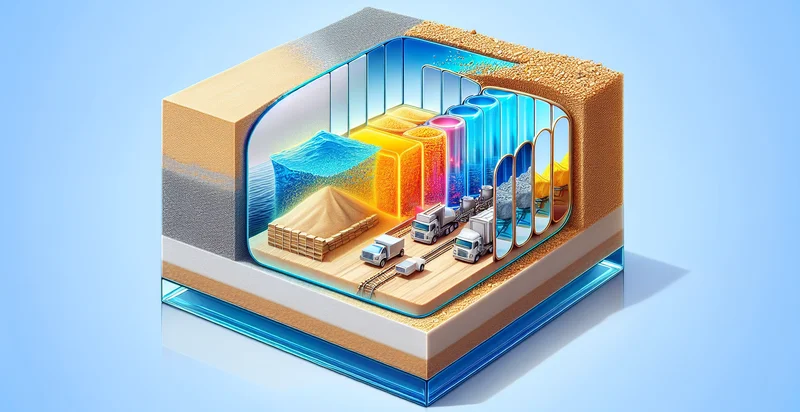Identify what material a plaque is made from
using AI
Below is a free classifier to identify what material a plaque is made from. Just upload your image, and our AI will predict what material a plaque is made from - in just seconds.

Contact us for API access
Or, use Nyckel to build highly-accurate custom classifiers in just minutes. No PhD required.
Get started
import nyckel
credentials = nyckel.Credentials("YOUR_CLIENT_ID", "YOUR_CLIENT_SECRET")
nyckel.invoke("what-material-a-plaque-is-made-from", "your_image_url", credentials)
fetch('https://www.nyckel.com/v1/functions/what-material-a-plaque-is-made-from/invoke', {
method: 'POST',
headers: {
'Authorization': 'Bearer ' + 'YOUR_BEARER_TOKEN',
'Content-Type': 'application/json',
},
body: JSON.stringify(
{"data": "your_image_url"}
)
})
.then(response => response.json())
.then(data => console.log(data));
curl -X POST \
-H "Content-Type: application/json" \
-H "Authorization: Bearer YOUR_BEARER_TOKEN" \
-d '{"data": "your_image_url"}' \
https://www.nyckel.com/v1/functions/what-material-a-plaque-is-made-from/invoke
How this classifier works
To start, upload your image. Our AI tool will then predict what material a plaque is made from.
This pretrained image model uses a Nyckel-created dataset and has 20 labels, including Acrylic, Aluminum, Brass, Bronze, Ceramic, Composite, Concrete, Copper, Fabric and Foam.
We'll also show a confidence score (the higher the number, the more confident the AI model is around what material a plaque is made from).
Whether you're just curious or building what material a plaque is made from detection into your application, we hope our classifier proves helpful.
Related Classifiers
Need to identify what material a plaque is made from at scale?
Get API or Zapier access to this classifier for free. It's perfect for:
- Material Verification for Awards: This function can be utilized by trophy and awards manufacturers to verify the material composition of plaques. By ensuring that the correct materials are used, manufacturers can maintain quality standards and customer satisfaction.
- Recycling and Sustainability Tracking: Recycling facilities can use this functionality to identify the materials of discarded plaques. This identification enables better sorting processes for recycling efforts and supports sustainability initiatives by maximizing material recovery.
- Art Restoration and Conservation: Art restorers and museums can employ this function to determine the material makeup of historical plaques. Understanding the material is crucial for applying appropriate conservation techniques and determining the best methods for restoration.
- Product Quality Assurance: Manufacturers producing plaques can implement this function for quality assurance during production. By confirming the material type, they can detect manufacturing errors early, preventing defective products from reaching customers.
- Custom Plaque Design Services: Custom plaque design companies can offer clients a feature that uses this function to suggest material alternatives. By identifying different materials, businesses can provide tailored recommendations that meet aesthetic and budgetary requirements.
- E-Commerce Material Descriptions: Online platforms selling plaques can utilize this function to automatically classify and verify materials listed in product descriptions. This ensures accurate information for customers, leading to increased trust and potentially higher sales.
- Insurance Claim Assessments: Insurance companies can incorporate this functionality when evaluating claims related to loss or damage of plaques. Accurately identifying the material helps in assessing the value and determining appropriate compensation for claims related to various plaque types.


